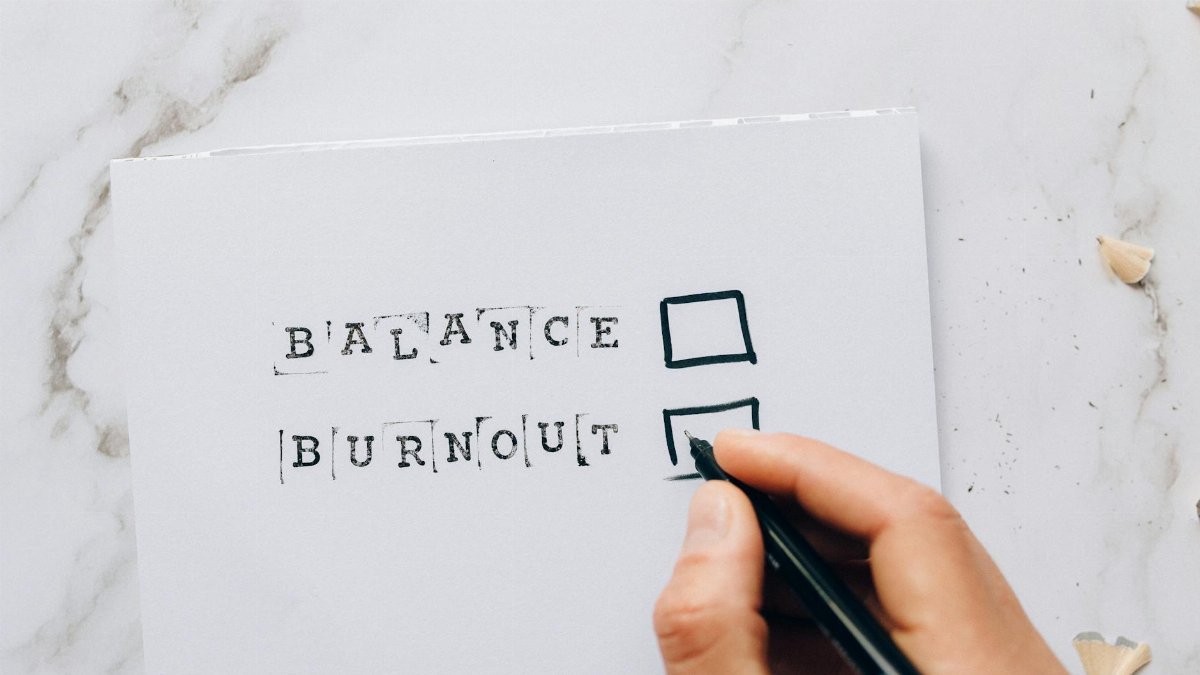Imagine a quiet night, the moon casting a soft glow over a small backyard in suburban Ohio, where a group of friends gathers around a flickering candle. They’re not just catching up; they’re intentionally marking a new chapter after months of career exhaustion. This scene, increasingly common across the U.S., reflects a growing fascination with lunar burnout rituals—practices tied to the moon’s cycles to reset, reflect, and reclaim purpose. For many middle-aged professionals, who often juggle demanding jobs and personal responsibilities, these rituals offer a tangible way to step back from the grind. They’re not about mysticism for everyone; sometimes, they’re simply a structured pause. As burnout rates climb—over 40% of U.S. workers reported feeling burned out in 2024, according to a Gallup survey —more are turning to such intentional acts for relief.
1. Setting Intentions with the New Moon
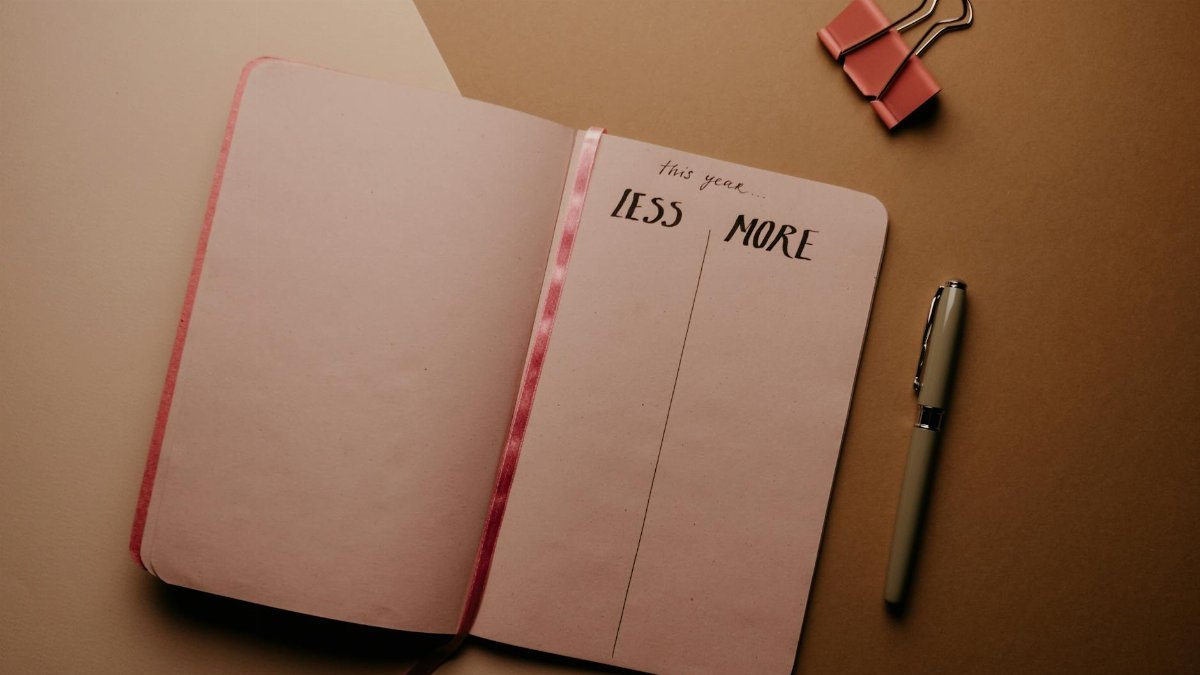
The new moon, often seen as a blank slate, is a popular starting point for those exploring lunar burnout rituals. It’s a time to define what comes next after feeling depleted by work. Picture a weary marketing manager, after months of overtime, sitting at her kitchen table with a notebook. She jots down one goal: to prioritize projects that energize rather than drain her. Experts suggest this act of intention-setting can anchor scattered thoughts. A study from the American Psychological Association notes that writing goals boosts commitment by up to 33%. The ritual doesn’t require much—just a quiet moment to focus. Some add a small gesture, like lighting a candle, to signal the start of something new. It’s less about the moon’s pull and more about carving out mental space.
Why does this resonate with so many in 2025? Career burnout often leaves people feeling directionless. Tying a fresh intention to a cyclical event like the new moon offers a rhythm to lean on. It’s not a fix-all, but a gentle nudge to begin again.
2. Releasing Stress During the Full Moon
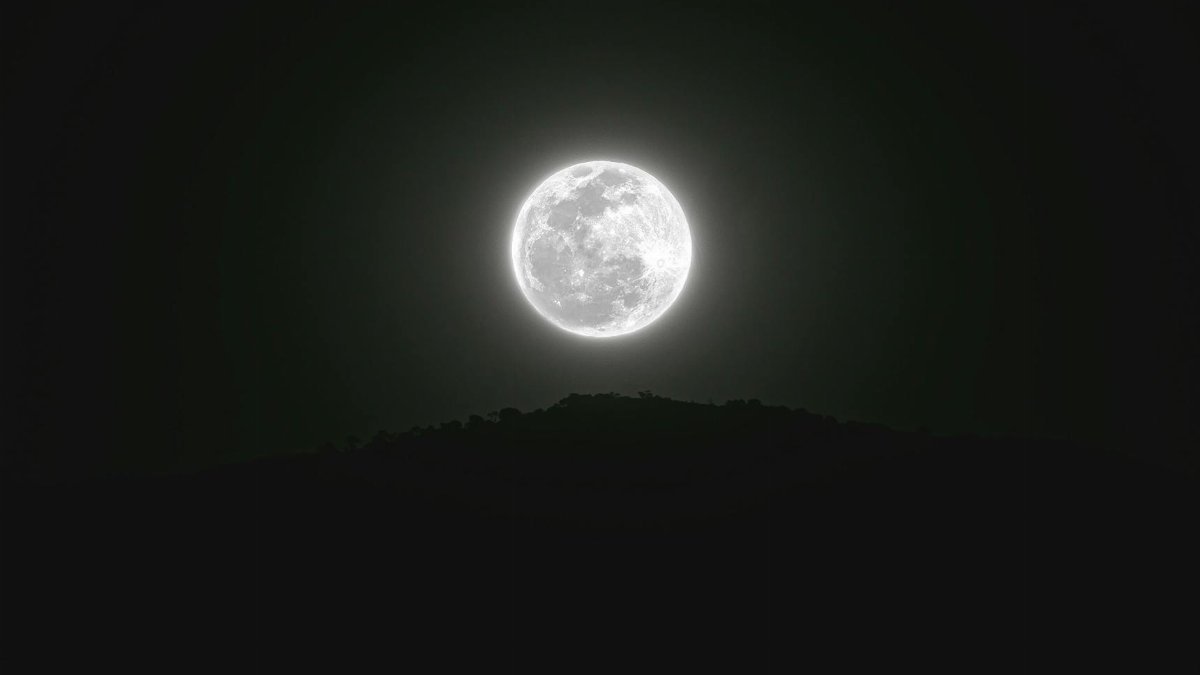
If the new moon is for starting, the full moon often symbolizes letting go. For those battling burnout, this phase can be a powerful moment to release pent-up frustration. One approach is writing down stressors—deadlines, toxic colleagues, endless emails—and then safely burning or shredding the paper. A therapist in Seattle shared how clients describe this as “unloading a heavy backpack.” It’s not scientific, but the symbolic act can shift perspective. Research from the National Institutes of Health highlights how expressive writing reduces stress markers in some individuals.
This ritual varies widely. Some prefer quiet reflection under the moonlight, while others join community circles to share what they’re shedding. The key is the intentional release, a moment to acknowledge the weight of burnout without letting it define the future. It’s raw, personal, and often surprisingly cathartic.
3. Reflecting on Progress with the Waxing Moon

As the moon grows from new to full, the waxing phase encourages taking stock. For someone recovering from career burnout, this can mean assessing small wins. Did you say no to an extra project this week? Did a hobby bring unexpected joy? One anonymous account shared online described sitting on their porch during this phase, mentally tallying moments of regained energy after leaving a draining job. It wasn’t grand—just a quiet acknowledgment of progress.
This ritual doesn’t demand much time. A few minutes of journaling or even a mental checklist can suffice. The waxing moon’s gradual brightening mirrors the slow rebuild after burnout. It’s a reminder that recovery isn’t instant. As a 2023 report from Pew Research Center notes, many Americans feel mental health recovery is a staggered process, often needing consistent check-ins like this.
4. Resting Intentionally in the Waning Moon
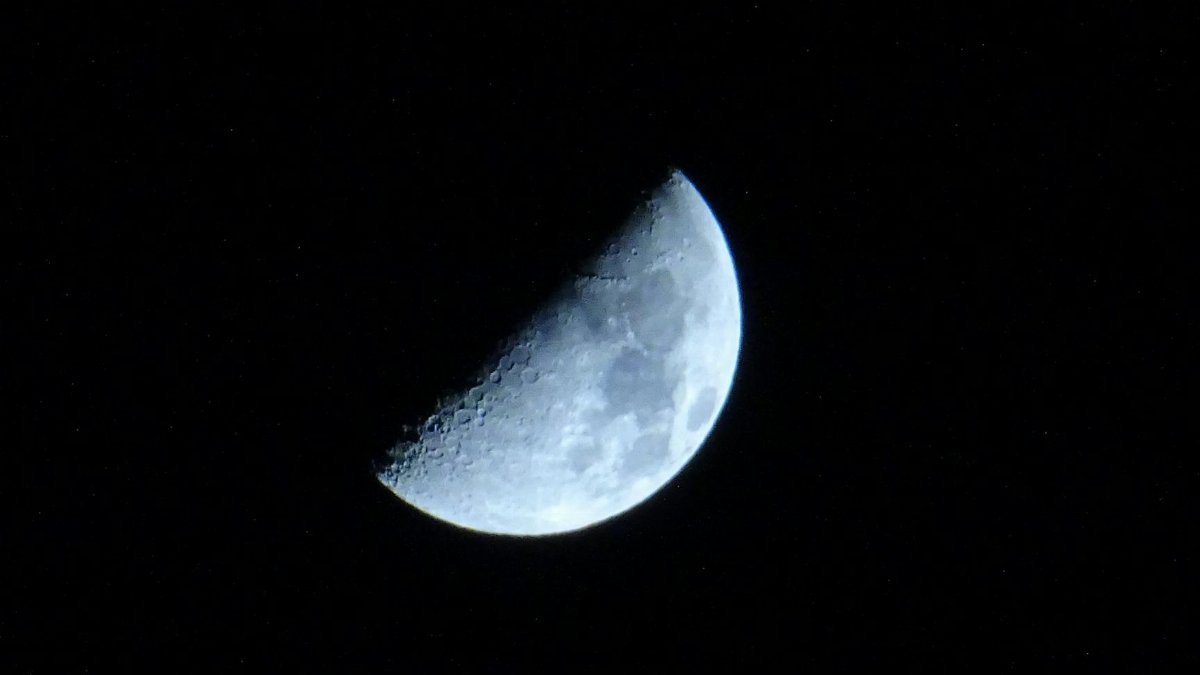
When the moon wanes, shrinking toward darkness, it’s a signal to slow down. Lunar burnout rituals during this phase often focus on rest as a radical act. After years of hustle culture, many mid-career professionals find this challenging. One tech worker recalled whispering to themselves, “It’s okay to do nothing tonight,” while watching the fading moonlight. That permission to pause, tied to a natural cycle, can feel revolutionary.
Rest here isn’t just sleep—it’s unplugging from guilt over productivity. Some create small rituals, like turning off devices or soaking in a bath, to honor this quieter time. The practice aligns with growing evidence that rest boosts long-term performance, not just recovery. It’s a counter to burnout’s relentless pace, offering a moment to simply be.
5. Creating Boundaries with Lunar Journaling
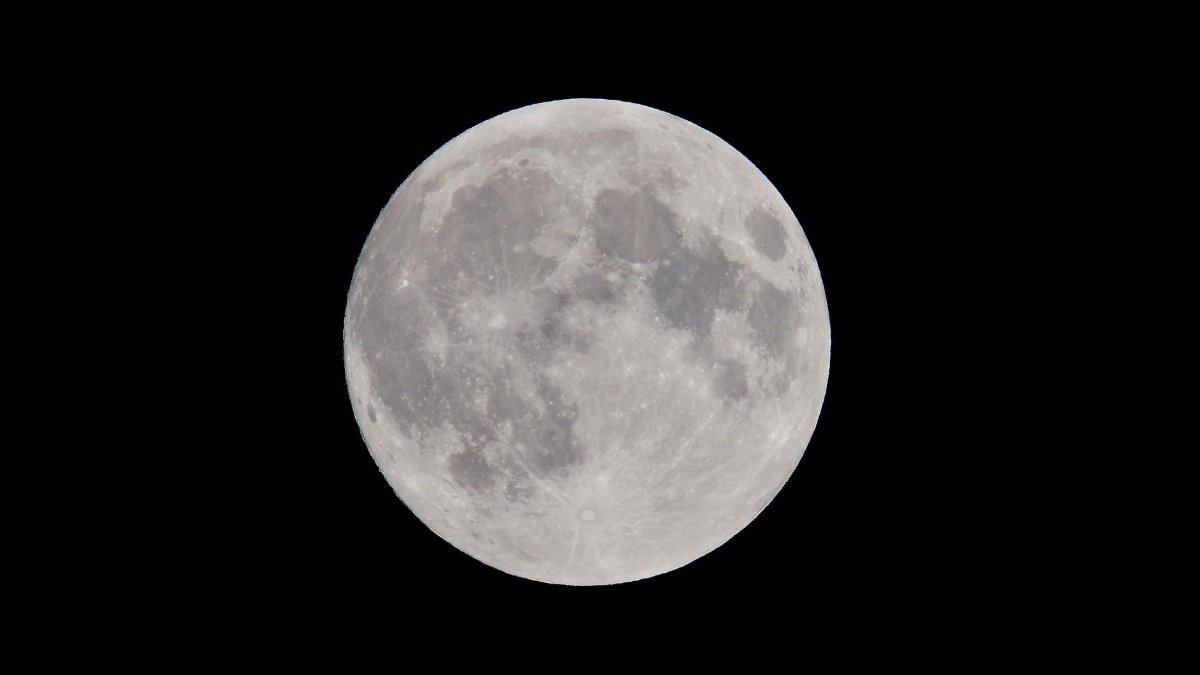
Journaling synced to lunar phases is another tool for rebuilding after burnout. This isn’t about venting endlessly but setting boundaries through reflection. During any moon phase, the act of writing can clarify what’s negotiable in work and life. A former teacher, overwhelmed by administrative demands, started this practice last year. They wrote under a crescent moon, deciding to limit after-hours emails. That small boundary shifted their stress levels noticeably.
The lunar tie-in adds a layer of ritual, making the act feel deliberate. It’s not just scribbling thoughts; it’s a commitment to reclaim control. Pairing this with a specific moon phase—say, waning for releasing old habits—can make the process stick. The structure helps, especially for those whose burnout stems from overextending themselves. It’s practical, grounded, and quietly empowering.
6. Building Community Through Lunar Gatherings

Burnout often isolates, but lunar burnout rituals can foster connection. Small gatherings during key moon phases—like the full or new moon—are gaining traction in U.S. communities. In places like Asheville or Portland, groups meet in parks or backyards to share intentions or simply sit in silence under the sky. One participant described it as “a rare space to be tired together, without judgment.” These aren’t formal events; they’re often organic, word-of-mouth meetups.
The power lies in shared vulnerability. After long careers of masking exhaustion, many find relief in communal rituals. They’re not solving burnout overnight, but they rebuild a sense of belonging. As social isolation remains a burnout trigger, per ongoing studies by the Centers for Disease Control and Prevention, these gatherings offer a small but meaningful antidote. They remind us we’re not alone in the struggle.
These six lunar burnout rituals aren’t a cure for the systemic issues driving career exhaustion—think wage stagnation or unrealistic workloads. Yet, they provide a framework for personal agency. They’re about reclaiming time, energy, and purpose on one’s own terms, often in sync with a celestial rhythm that feels bigger than daily stress. For middle-aged Americans, who’ve spent decades in high-pressure roles, that can be enough to start anew. Whether it’s a solitary journal entry or a shared full-moon moment, the act of pausing with intention resonates. In 2025, as burnout continues to challenge so many, these small, moonlit steps might just light the way forward.
